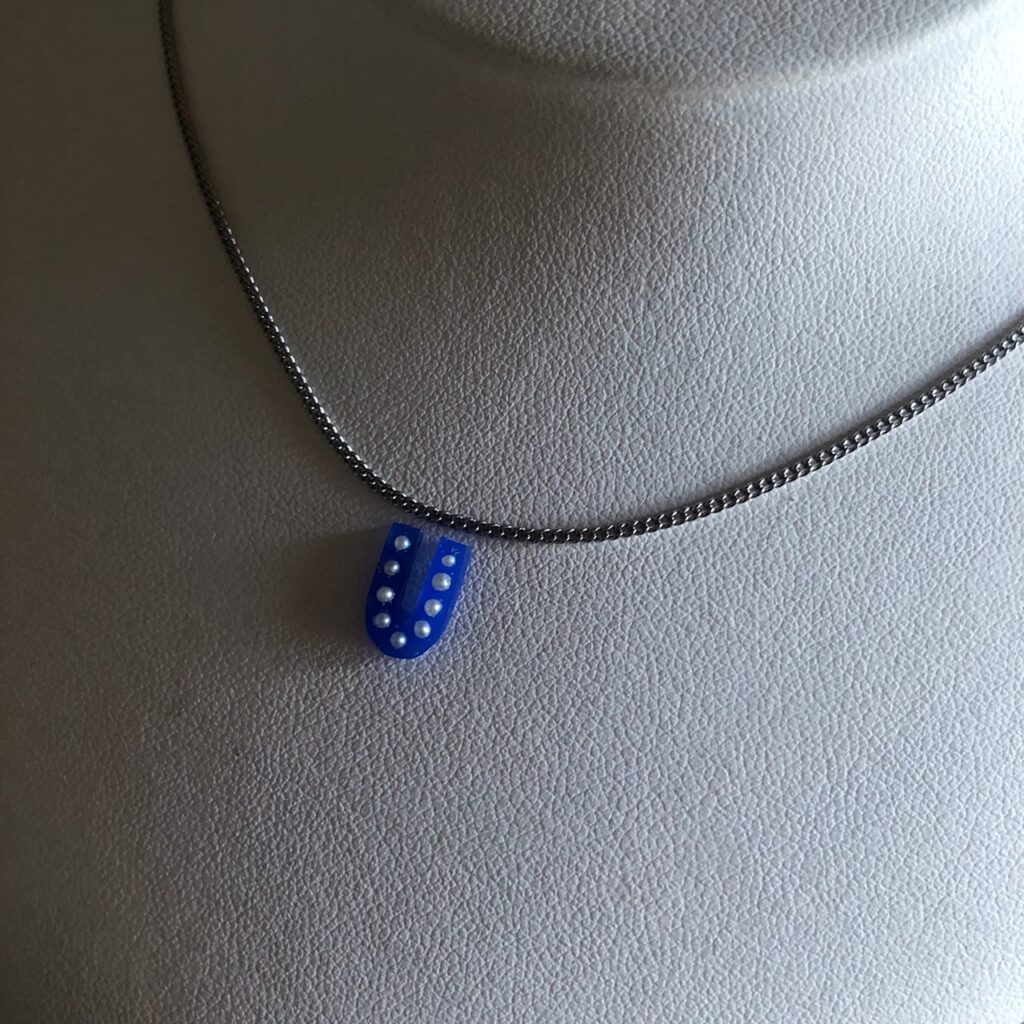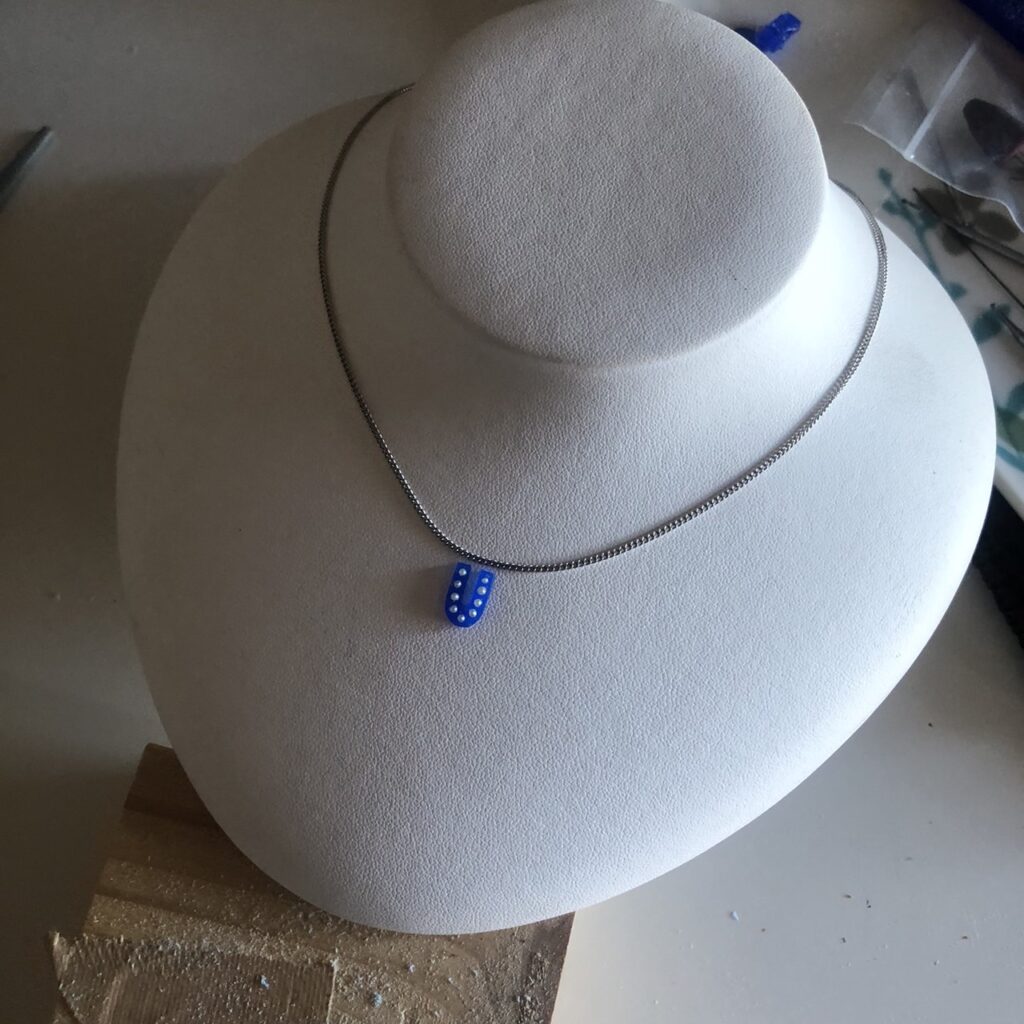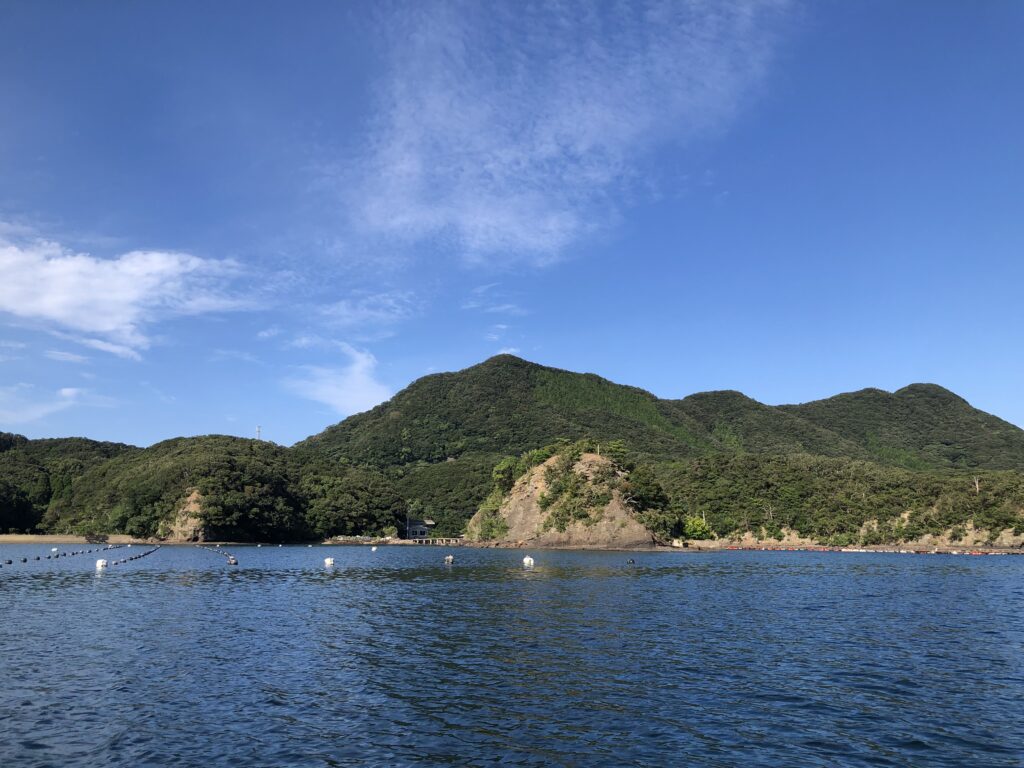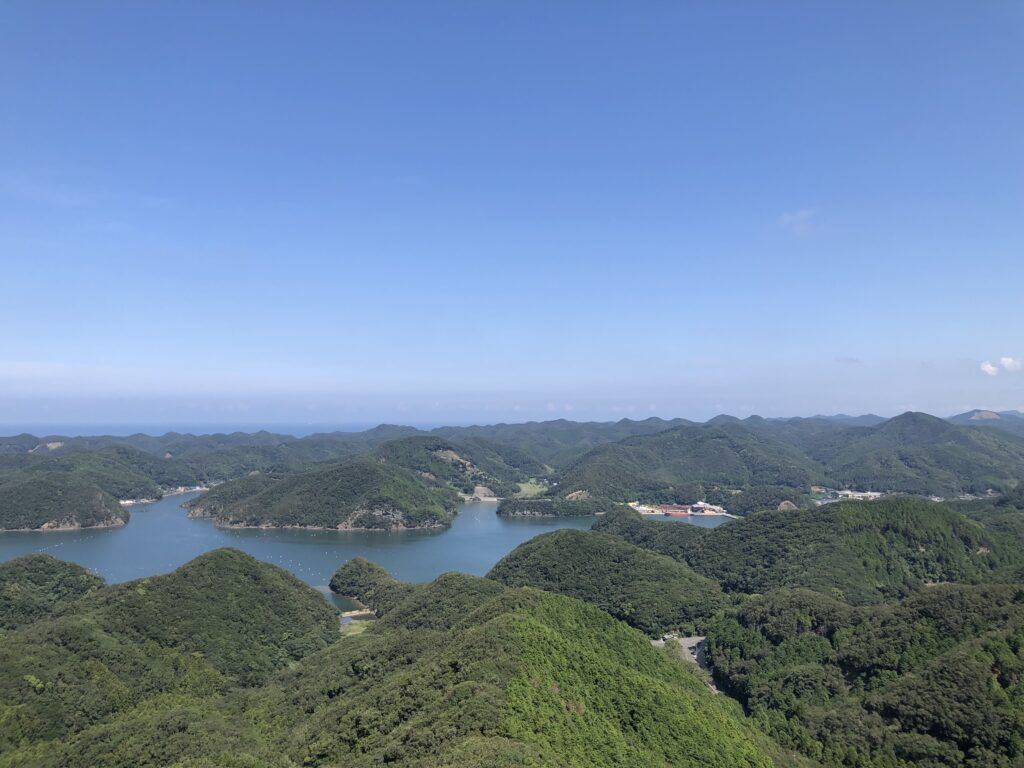The other day, I was recording my work process on video. This video captures the journey of an amateur like myself in the field of metalworking, as I attempt to create a pendant charm using the lost-wax technique.
What I’m currently working on is crafting a charm in the shape of a horse’s hoof with embedded akoya Keshi pearls. Recently, I asked my sister-in-law if there was anything she’d like me to make, given my recent foray into metalworking. She expressed interest in this charm. Ideally, when making such a charm, precise measurements and planning are crucial. However, I didn’t have a specific plan or a clear idea of what I could create. So, I’m mostly experimenting and improvising my way through this project. Along the way, there have been many failures, but each one has taught me what doesn’t work and what might. This video serves as a record of my journey into metalworking, a completely novice’s endeavor. When I look back on this in a few years, I imagine it will be quite entertaining.
When I start something new, I like to embrace failures and engage in trial and error without overthinking things. While meticulous planning is essential, especially later on, in the beginning, I believe there’s value in taking risks and making discoveries along the way. Among these discoveries, one of the most significant is perhaps the preciousness of time. If you start with a well-thought-out plan and preparation, you can avoid unnecessary detours. However, even with some detours, I want to gradually gain more experience in metalworking.
Now, shifting gears a bit, I’d like to touch upon the pearl industry. In the akoya pearl industry, prices for pearls fresh from the sea have surged. To be precise, this surge began with the January 2023 pearl harvest auction. Last year saw a staggering 130% increase. Even a 30% increase would have been considered significant for us, and it was indeed a welcome development for pearl cultivators. However, this season witnessed an even more dramatic surge.
From the pearl farm where I work, we obtained the highest-priced pearl at the initial auction of the year. Previously, we might have considered it a good deal if we received 10,000 yen per momme, but this time, we received 36,000 yen per momme for 6mm pearls. One momme is 3.75 grams, and a single 6mm pearl weighs approximately 0.1 gram. That translates to 3,600 yen per pearl. Assuming we use these pearls to make a necklace, let’s calculate an approximate cost. For a 40cm necklace with 6mm pearls, you would need around 66 pearls. So, at 66 pearls multiplied by 3,600 yen, the pearls alone would cost 237,600 yen.
Furthermore, there are several processing steps involved in making a necklace. Pearl drilling costs 150 yen per momme, hole drilling costs 50 yen per momme, and stringing costs 800 yen per necklace. A 6mm necklace would weigh about 6.6 momme. So, drilling would cost 990 yen, hole drilling would cost 330 yen, and stringing would cost 800 yen per necklace. The total processing cost would be 2,120 yen per necklace. When you combine the cost of the pearls and the processing fee, it totals 239,720 yen. Typically, the retail price is four times the cost, so the necklace would be priced at 988,880 yen.
However, it’s important to note that the 36,000 yen per momme is the highest price achieved at the recent pearl harvest auction. Even at 15,000 yen per momme, you could still create a high-quality necklace. With pearls priced at 15,000 yen per momme, a 6mm pearl necklace would cost around 404,480 yen. Of course, if these pearls were sold under a prestigious brand like Mikimoto, the price would easily surpass one million yen.


Until a few years ago, it was possible to acquire high-quality pearls at the pearl harvest auction for 8,000 yen per momme for nearly a decade. In such a case, the selling price would be around 220,000 yen. However, now the pearl prices have more than doubled due to the ongoing surge. In fact, I used to purchase pearls from the company I work for, but this year, the market price is simply too high, so I’ve refrained from buying pearls. I anticipate that this market will likely experience a downturn next year or the year after, as has been the historical pattern of pearls. During low-price periods, I plan to acquire pearls as much as possible.
By the way, my company receives inquiries from numerous buyers on a daily basis, with the majority being Chinese buyers. They are actively involved in pearl trading, but the market currently doesn’t have enough pearls to meet demand. Many pearl vendors are even pulling out pearls that were stored deep in their vaults to sell. Companies differ in their strategies, with some selling at pre-surge prices and others capitalizing on the surge to increase prices, even for older pearls. Unfortunately, the company I work for is pricing pearls based on the current market rates, regardless of their age.



Here is the birthplace of the pearls I handle
Personally, I find such pricing disappointing. Among the pearl vendors I have a personal connection with, regardless of market fluctuations, they adhere to fair pricing based on their purchase costs. These companies seem to have garnered popularity through their integrity and trustworthiness. Regrettably, the company I work for appears to prioritize short-term profits over long-term gain and trustworthiness.
Personally, I value long-term profits and trustworthiness over short-sighted, short-term gains.

Comment